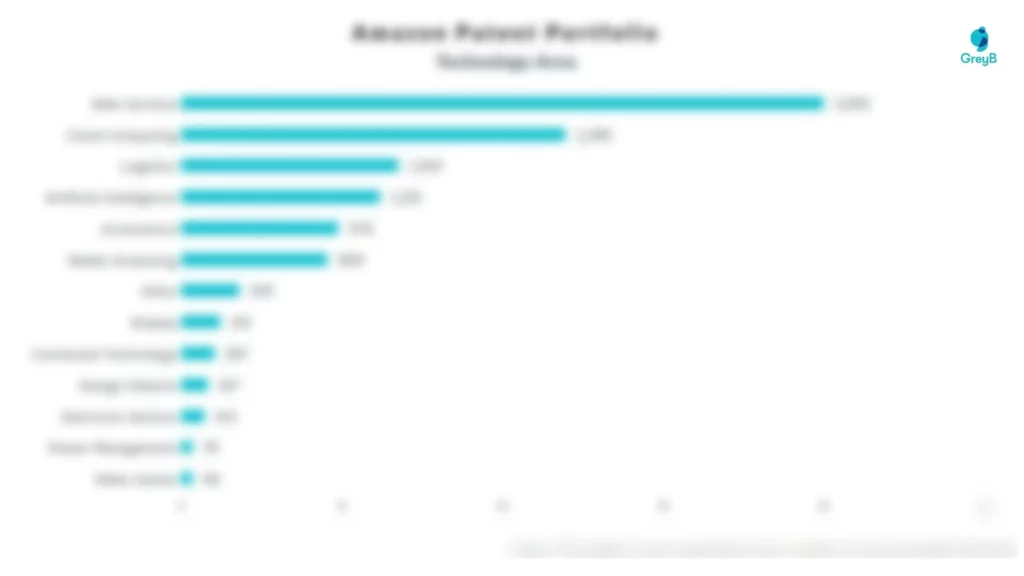Plantible Foods has a total of 14 patents globally. Of these 14 patents, more than 92% patents are active. The United States of America is where Plantible Foods has filed the maximum number of patents. Parallelly, United States of America seems to be the main focused R&D centre and also is the origin country of Plantible Foods.
Plantible Foods was founded in 2018. Plantible Foods provides innovative methods for the production of plant-based protein. Its protein contents can be used in smoothies, beverages, meat substitutes for dairy products, snacks, sports nutrition, and health food.
Do read about some of the most popular patents of Plantible Foods which have been covered by us in this article and also you can find Plantible Foods patents information, the worldwide patent filing activity and its patent filing trend over the years, and many other stats over Plantible Foods patent portfolio.
How many patents does Plantible Foods have?
Plantible Foods has a total of 14 patents globally. These patents belong to 6 unique patent families. Out of 14 patents, 13 patents are active.
How Many Patents did Plantible Foods File Every Year?

Are you wondering why there is a drop in patent filing for the last two years? It is because a patent application can take up to 18 months to get published. Certainly, it doesn’t suggest a decrease in the patent filing.
| Year of Patents Filing or Grant | Plantible Foods Applications Filed | Plantible Foods Patents Granted |
| 2023 | 2 | – |
| 2022 | 6 | – |
| 2020 | 6 | – |
How many Plantible Foods patents are Alive/Dead?
Worldwide Patents

How Many Patents did Plantible Foods File in Different Countries?

Countries in which Plantible Foods Filed Patents
| Country | Patent |
| United States Of America | 3 |
| Mexico | 1 |
| New Zealand | 1 |
| Canada | 1 |
| Australia | 1 |
| Europe | 1 |
Where are Research Centers of Plantible Foods Patents Located?

What Percentage of Plantible Foods US Patent Applications Were Granted?
Plantible Foods (Excluding its subsidiaries) has filed 1 patent applications at USPTO so far (Excluding Design and PCT applications). Out of these no patent have been granted leading to a grant rate of 0%.
Below are the key stats of Plantible Foods patent prosecution at the USPTO.

Which Law Firms Filed Most US Patents for Plantible Foods?
| Law Firm | Total Applications | Success Rate |
| Greenberg Traurig Llp | 1 | 0% |
What are Plantible Foods key innovation segments?
What Technologies are Covered by Plantible Foods?

The chart below distributes patents filed by Plantible Foods
